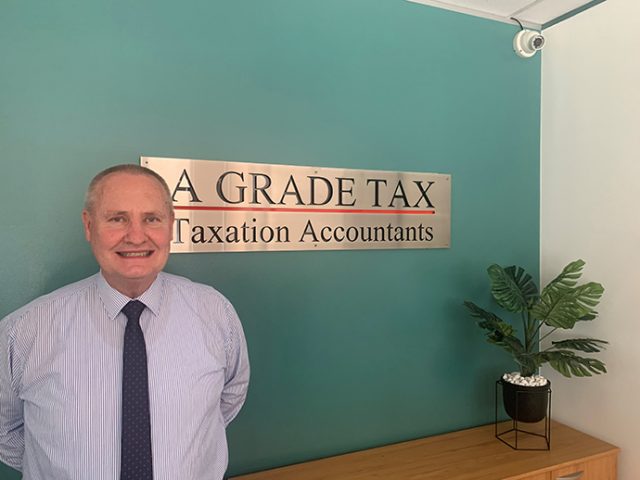With Coronavirus forcing a host of industries to adopt working from home measures, more residents than ever will be cashing in at the end of the financial year.
But as face-to-face tax returns become a thing of the past this season, how can you make sure you’re getting the most out of your claim?
Senior Tax Partner at A Grade Tax, Max Connelly said these are unprecedented times for the industry.
“It is likely the typical individual taxpayer will undertake the completion of their 2020 Tax Return from home,” he said.
“Many tax agents, like us, will be completing tax returns for their clients via phone, email or an electronic platform.”
For those working from home, Mr Connelly said your home office expenses should typically include proportionate claims for mobile and internet costs, electronic device purchases as well as any newly acquired office furniture or stationary.
Power usage is based on the Australian Taxation Office’s (ATO) Gazetted rate of 52 cents per hour.
“Keeping good records is fundamental to maximising your tax refund,” Mr Connelly said.
“Your tax agent will be able to advise on the tax deductibility of various work related expenses to assist in the process of legally maximising your tax refund.”
This year the ATO has offered an alternate shortcut method where the taxpayer may claim 80 cents per hour based on the number of hours worked from home.
Mr Connelly said the biggest mistake anyone will make this year is lodging too early.
“Every year the ATO sees some taxpayers rushing to lodge too soon before all employers have been able to check and upload accurate payroll figures to the ATO,” he said.
“This is particularly the case where taxpayers have had more than one employer during the year.
“Invariably, this results in tax refunds being incorrectly inflated where one group certificate may have been omitted.
“The ATO will eventually pick up this error and require the excess refund to be paid back by the taxpayer, who may have already spent the excess refund.”
This tax season will mark the first year of the Single Touch Payroll system where employers with less than 20 employees won’t provide a group certificate to their employees.
Instead, the information is provided electronically to the ATO for each pay period by the employer.
“The danger is that this small business sector is generally the least IT capable and some employers will have commenced this new system at various times during the year,” Mr Connelly said.
“Unless the employer is careful and processes an adjustment for the initial unreported payroll, the ‘final’ figures provided to the ATO may be incorrect and not reflect the full year.
“Taxpayers need to do a reasonableness test to check that their payroll figures represent a full year’s wage.”
Employees can access their Single Touch Payroll information on their MyGov account or via their tax agent.
Nicola Barton
A graduate of Western Sydney University, Nicola Barton is a news journalist with the Western Weekender, primarily covering crime and politics.

